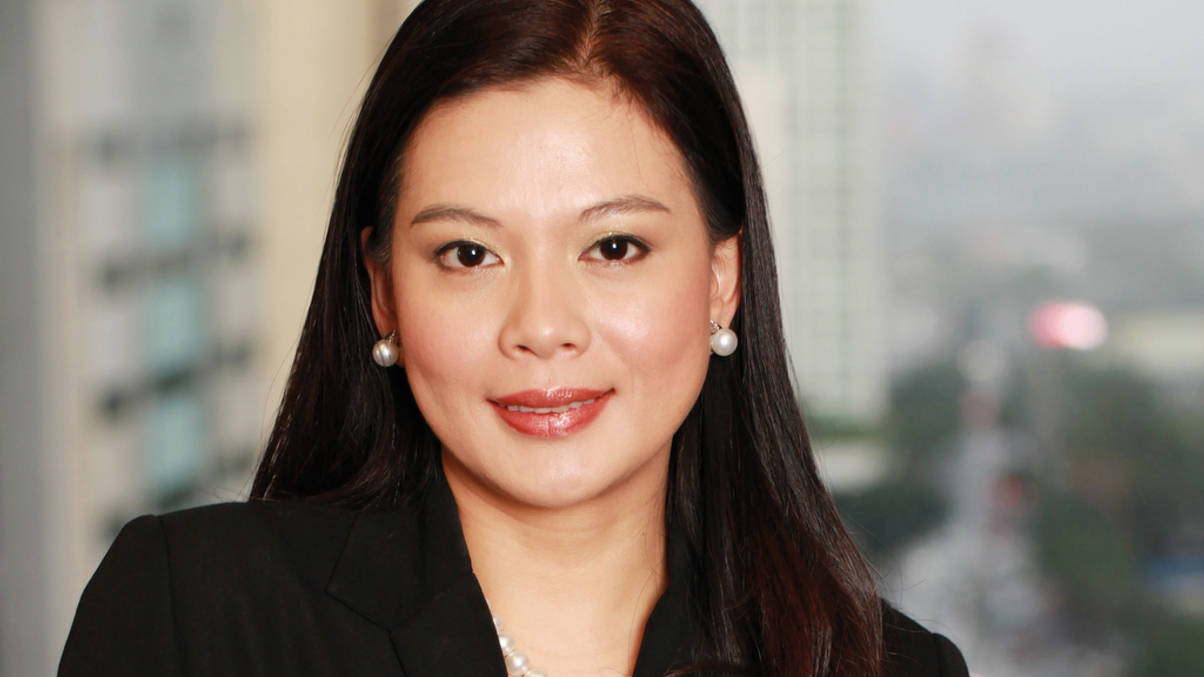BPI AM flags issues for Philippine funds industry
Theresa Marcial-Javier, head of the country’s biggest asset management business, speaks to AsianInvestor about how the industry can develop.

The Philippines’ mutual funds market has always been small; today’s industry manages about $74 billion. But that is set to change, says Theresa Marcial-Javier of Bank of the Philippine Islands.
Sign In to Your Account
Access Exclusive AsianInvestor Content!
Please sign in to your subscription to unlock full access to our premium AI resources.
Free Registration & 7-Day Trial
Register now to enjoy a 7-day free trial—no registration fees required. Click the link to get started.
Note: This free trial is a one-time offer.
¬ Haymarket Media Limited. All rights reserved.


